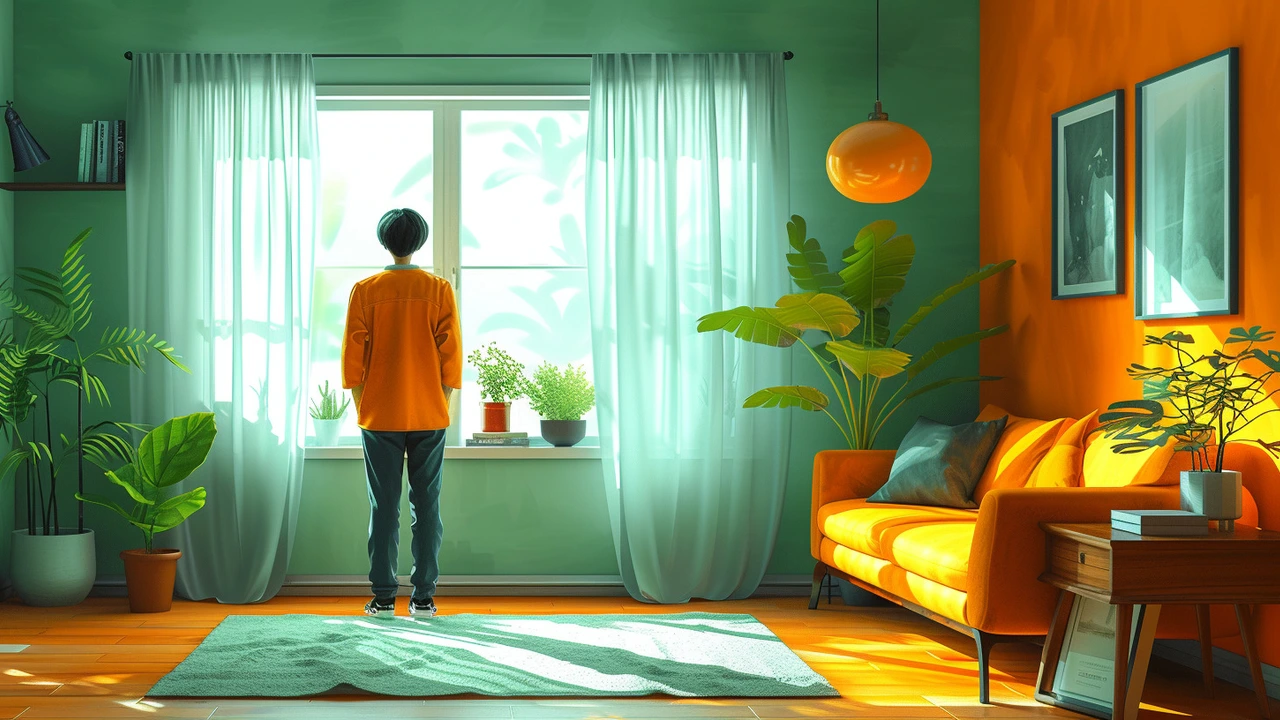Aesthetic interior design: styles, tips, and how to pick yours
Aesthetic interior design blends look and feel to make rooms that please and work. Whether you like clean minimalism or ornate historic styles, good aesthetic design mixes scale, color, texture, and purpose. Start by choosing one dominant style, then add small touches from other periods to keep the space personal. This page pulls practical ideas from architecture and design traditions—Greek Revival, Gothic Revival, Beaux-Arts, Art Nouveau, Minimalism, Rococo, Craftsman, and more—to help you shape a room that looks intentional.
Pick a mood first. Do you want calm and light, dramatic and moody, or playful and colorful? Mood decides color palette, lighting, and material choices. For calm, use soft neutrals, layered lighting, and natural textures like wood and linen. For drama, choose deeper colors, sculptural furniture, and statement lighting. For playful spaces, mix patterns and small bold pieces without crowding the room.
Mixing old and new
Aesthetic design often wins when old architectural details meet modern furniture. Keep original moldings, arches, or tiled floors if you have them; contrast with simple sofas and sleek fixtures. For example, a room with Gothic arches pairs well with warm woods and brass accents rather than ultra-modern chrome. If you love Roman or Byzantine shapes, use rounded mirrors and curved sofas to echo those lines. The trick is balance: retain one or two historic anchors and keep other elements understated.
Practical tips that change a room
Start small and test choices. Paint a single wall, swap lamps, or change textiles before big purchases. Use three finishes max—metal, wood, and one painted tone—to keep things cohesive. Scale matters: low furniture in a tall room feels lost, so pick taller pieces or add vertical art. Layer lighting: ambient, task, and accent lights make the space usable and flattering. Add texture with rugs, cushions, and plants to prevent visual flatness.
Focus on functionality. A room can be beautiful and usable at once. In living rooms, arrange seating for conversation, keep pathways clear, and hide cords. In bedrooms, prioritize mattress quality and blackout shades for better sleep. In kitchens, put daily items within easy reach and use attractive containers for storage.
Use accessories with intention. Choose art and objects that reflect your life, not just trends. Rotate small items seasonally so the space feels fresh without a full redesign. If you're unsure, pick one bold piece to build around—a rug, a chandelier, or a large painting—and coordinate colors from that anchor.
Want more inspiration? Look at styles like Beaux-Arts for grand formality, Craftsman for honest materials, or Minimalism for calm simplicity. Mix influences but keep choices deliberate. Aesthetic interior design should feel like you walked into the room and everything made sense.
For examples, read our posts on Roman, Gothic Revival, Beaux-Arts, and Minimalism to see how architecture informs interiors. Try a mood board using photos from these articles before shopping. If you need help, sketch a floor plan, measure everything, and ask a friend to spot scale issues. Small edits often give the biggest payoff and enjoy it.

Mid-Century Modern: The Design Trend that Never Fades
Welcome to my latest post on design trends. Today, we're taking a nostalgic trip down memory lane to explore the enduring charm of Mid-Century Modern design. It's amazing how this minimalist yet chic interior design style has kept its relevance over the decades. Join me as we dive into the origins of this trend, its defining characteristics, and why it continues to captivate the hearts of design enthusiasts everywhere. Bring your love for aesthetic and historical design trends as we journey in the world of Mid-Century Modern.
Read more